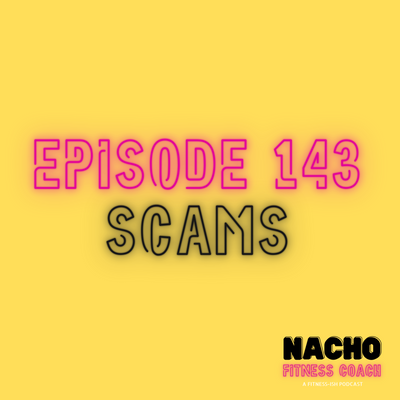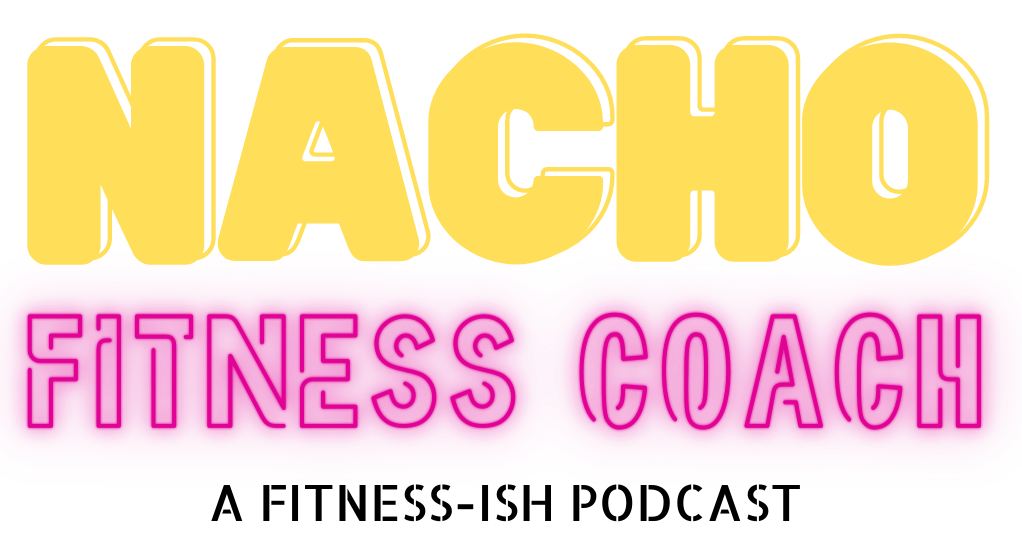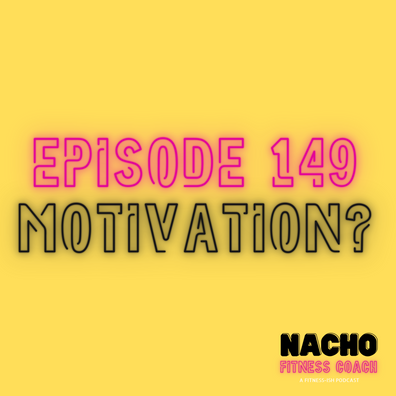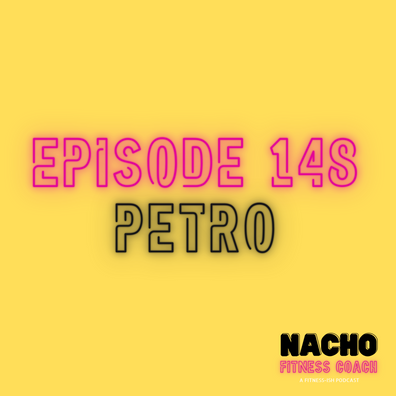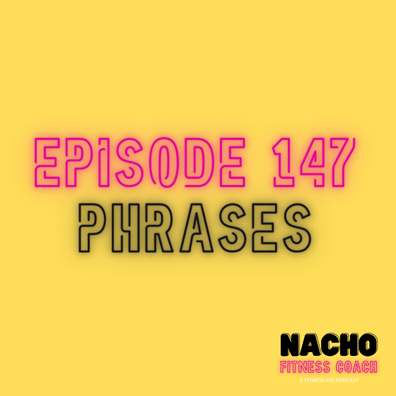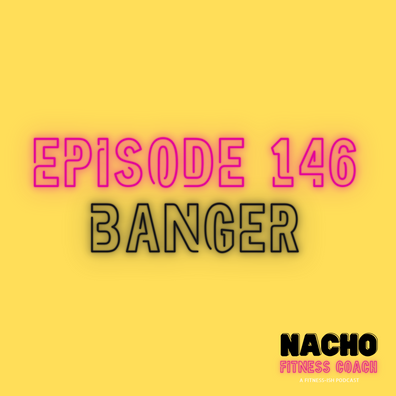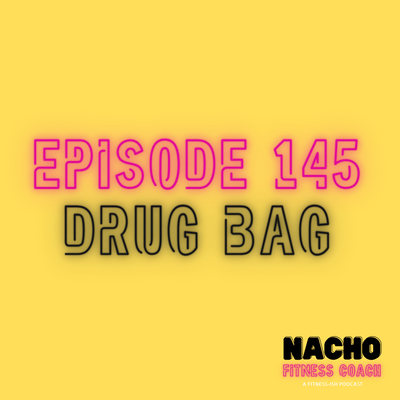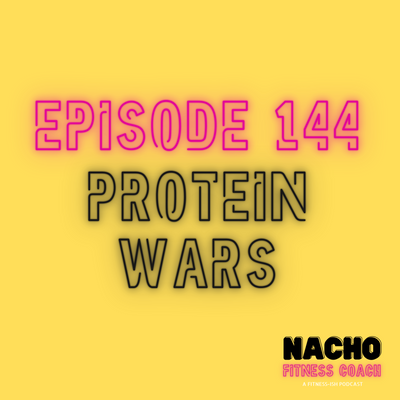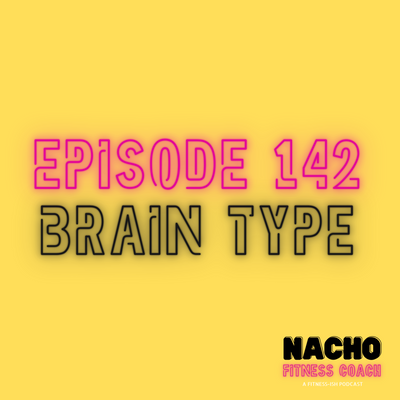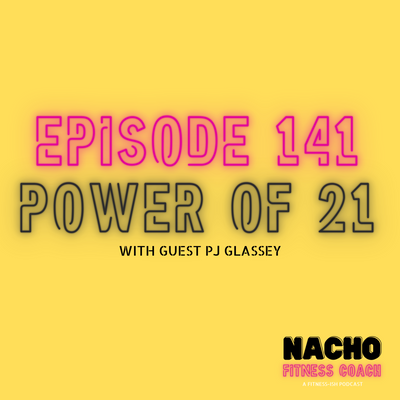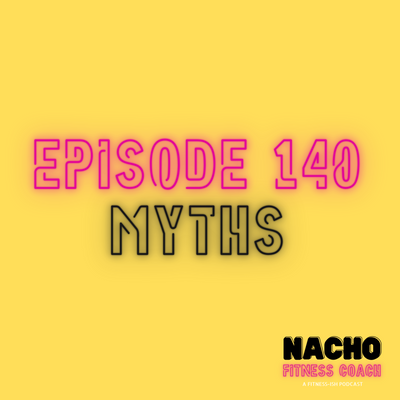The Myth of Sneaky Protein: Peanut Butter Lies and Macro Truths
Welcome back to another episode of Nacho Fitness Coach—where we might not be topping the podcast charts, but we’re definitely topping off our wine glasses. This week, Caleigh and Sarah dive into the world of so-called "sneaky protein," viral health hacks, and the truth behind what’s really in your food.
A Legal Disclaimer... And A Whole Lot of Laughs
Before we even get to the nutrition talk, let’s clear something up. Sarah has not joined OnlyFans. We repeat: Sarah is not on OnlyFans. After a mock-legal letter and a dramatic (hilarious) bit, we get to the actual topic—protein. Specifically, how people are getting it completely wrong.
Fat Balls and False Claims
The duo revisits a fan-favorite idea from a previous episode: “Fat Balls.” You know those viral "protein ball" recipes made from peanut butter and oats? Spoiler alert: they're mostly fat, not protein.
Then, a video popped up on Caleigh’s feed: a mom making frozen banana and peanut butter bites, calling them a sneaky way to get protein into her kids' diet. Cue record scratch.
Let’s break this down:
- Bananas = carbs.
- Peanut butter = fat with a little protein.
- Combined = not a protein source.
Just because peanut butter has protein doesn’t make it a good source of protein. The macros don’t lie—and neither should we.
The Great Protein Bar Debacle
Next up: those “protein” bars we all love to snack on. Sarah whips out a Fiber One bar boasting “Protein” on the front of the package. Guess how much protein? Six grams. And the carbs? Sixteen. Also, that whole “net carbs” thing? Marketing nonsense.
Net carbs subtract fiber from total carbs, but it doesn't actually change how your body processes food. It’s just a sneaky trick to make you think you're eating something healthier.
Protein Powder Confusion
Caleigh brings up her protein powder: 50 grams per serving! Sarah quickly explains—it’s two scoops, which is common. Protein powders vary in serving size and scoop size, which makes reading the label essential. Pro tip: if your protein powder has way more calories than expected for its protein content, it’s probably full of fillers.
Planning, Portions, and Reality
The truth is, most of us do great with protein at meals but fail during snack time. Granola bars, crackers, and even “healthy” snacks often lack the protein punch we need. That’s where pre-planned shakes or high-quality bars come in handy.
Also: you can’t hit your macros accidentally. If you’re serious about tracking, you’ve got to weigh, plan, and prep. But even if you're not tracking meticulously, learning to read labels and understand what you're eating is huge.
Real Talk: What Is a Protein Source?
Let’s recap:
- Peanut butter = fat with some protein.
- Eggs = protein and fat—great, but portion accordingly.
- Ground beef = solid choice (even if Sarah eats it straight up with a spoon).
- Protein bars = check the actual label, not the front.
- Protein powders = look at grams per scoop and calories. Watch for fillers.
If you want to understand macros, you need to do more than watch TikToks with “easy snack hacks.” You need to get educated.
Final Thoughts
Social media is full of well-meaning (and sometimes not-so-well-meaning) misinformation. Just because someone labels something as “protein-packed” doesn’t mean it truly supports your health goals.
So next time you see a frozen banana-peanut butter cup labeled as a high-protein snack, remember: carbs and fats aren’t bad—but they’re not protein either.
Ready to work with Nacho Fitness Coach?
Let's connect! We’re here to help.
Send us a message and we’ll be in touch.
Or give us a call today at 913-788-6511
Agency Contact Form
More Marketing Tips, Tricks & Tools
